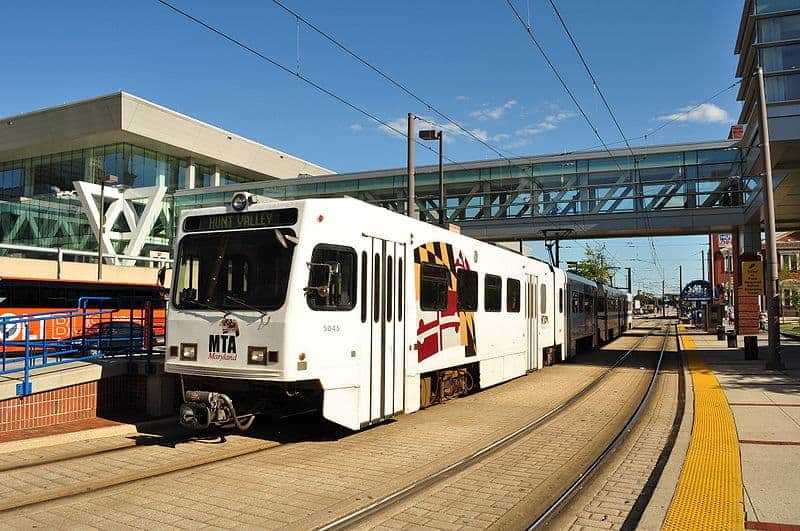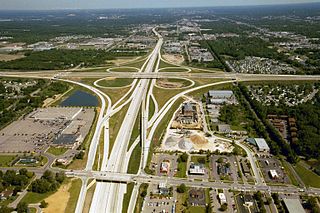By our very nature, we humans are a mobile lot. We move. It’s what we do.
But, the act of moving itself should not be confused with doing things and going places; a whole different – and other – ball game.
In the span of just a few short months, Americans witnessed miles of travel plummet, fallout, if you prefer, caused from the stay-at-home, shelter-in-place edict coupled to the novel coronavirus pandemic, one positive effect of fewer travel miles being cleaner – and perhaps even in some cases, clean – air. A sight for sore eyes, for sure!
However, with pandemic-related restrictions relaxing, miles of travel, most notably with regard to that done in vehicles on the road we could soon be back to square one, meaning a return to conditions present right up to the time of the disease outbreak: more than 3.2 trillion motor vehicle travel miles, annually.
In addressing some of the air-quality concerns, if air-quality improvement as it relates here comes in the form of less travel, less driving, then the work-from-home option holds some real promise.
Understanding that not all American workers and commuters are in a position to telecommute, for those that can, that option for many might just become the new reality.
Meanwhile, in a recent news story, attention was paid to whether it would be in-the-classroom or tele-learning or both come fall or late summer. So, for students, for the start of the next school year, what will it be?
It was in the interest of public safety and health in that report, that several options were being discussed.
One had to do with dividing learning into sessions: mornings for half of student attendees; afternoons for the rest. A second suggestion revolved around the possibility of conducting in-the-classroom sessions on split days: Mon./Wed. for one group and Tues./Thurs. for the second with Fri. declared distance-learning days for all. These examples are just two of the, if you don’t mind my saying so, schools of thought.
During this period of restrictions-easing, especially, there appears to be an overall preference for driving, with the understanding that those choosing this method are presumed to have, first and foremost, public and personal health and safety in mind.
But here’s the kicker: For large numbers, returning to the roads will mean heightened congestion. Some will invariably suffer long commutes. Add to this that due to congestion the average commuter will forfeit 44 hours, annually. Such can and does result in lost productivity, monetary loss, wasted fuel and, by extension, more pollution than what need be added to the air. Forty-four hours as it were is more than a workweek’s worth of time.
Teleworking, telecommuting, meanwhile, depending on the extent, could, in large measure, reduce these unintended consequences and their associated impacts and, as has been demonstrated, to the point that getting around has become much more fluid with the side benefit being better, healthier-to-breathe air.
With that said, in getting back to doing what matters most – getting back into the swing of things; a regular routine; a sense of normalcy, in other words – doesn’t necessarily mean subscribing to past ways. In moving ahead, forged could be brand new paths.
And, it is with this in mind, that what could be pursued in much more depth compared to what is the case currently, is the telecommuting option.
On that note and as it relates, the Association for Commuter Transportation (ACT) has put out a guide covering just this sort of thing.
The title of the ACT guide is: Supporting Commuters Returning to Worksites During COVID-19, and can be accessed here.
Moreover, in the guide physical commuting alternatives like public transportation, carpooling, vanpooling and the like are likewise covered.

Image lower: AndrewHorne, Wikimedia Commons
– Alan Kandel


